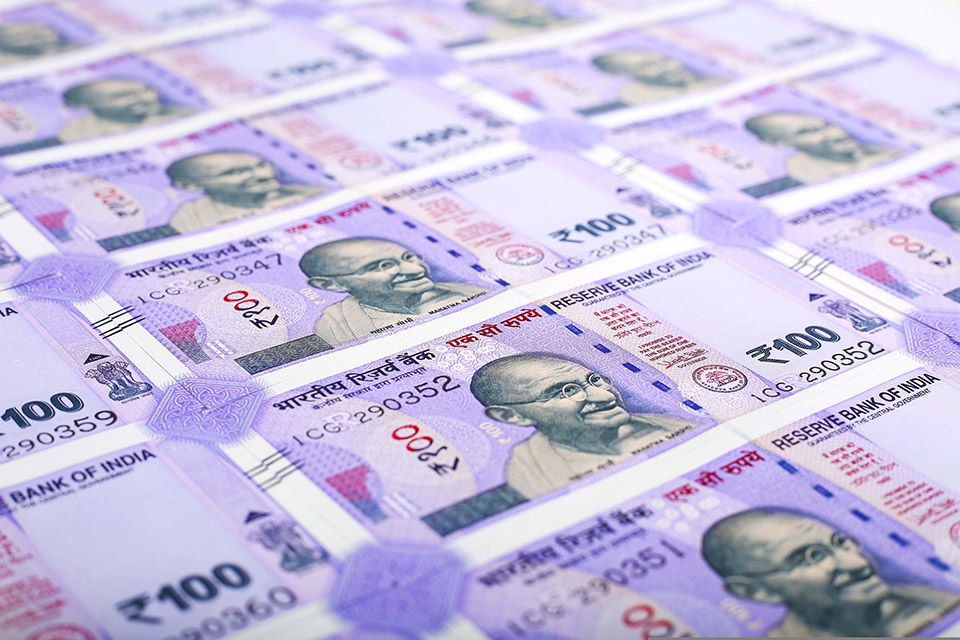India’s banks have successfully anchored their performance to one of the world’s most vibrant economies. First-quarter bank earnings show dramatic growth as the country’s businesses and retail consumers have left the pandemic behind, powered by a compelling domestic story resilient to global shocks.
On Saturday, ICICI reported a 39.7% year-on-year increase in profit after tax, to $1.2 billion equivalent for the first quarter. The same day, Kotak Mahindra Bank trumped it with a 50.6% rise in consolidated profit to $506 million, or 66.7%
Thanks for your interest in Euromoney!
To unlock this article:




